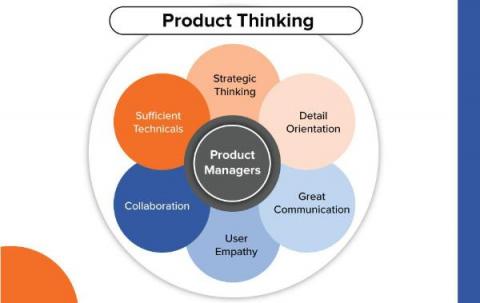Operations | Monitoring | ITSM | DevOps | Cloud
Digital Transformation
What Happens When Digital Transformation Comes to a Complete Standstill?
When an SCCM update failed, this organization found a creative workaround to install MS Teams on 1,200 devices in 48 hours. While every employee is more reliant on their digital experience in remote and hybrid workplaces, the future of work has brought about an increasing number of communication and support challenges for EUC teams. This gap is only exacerbated by the growing pressure on IT teams to deliver unmatched digital employee experience in the ongoing effort to retain talent.
Harnessing The Power Of Digital Transformation Will Be Key To Success For Quality-Focused Organizations In 2022
While digital transformation has been in manufacturers’ playbooks for the past few years, the effects of the pandemic, including supply chain disruption and worker shortages, will make it a business necessity in 2022.
7 Digital Transformation Trends Shaping 2022
Digital transformation has been the big technology story of the 2020s. Businesses that have embraced this ongoing movement have improved their customer journeys, strengthened their security, and even opened up data analysis to multiple facets of their business. Reflecting the widespread interest, companies like IKEA, DHL, and Nike have undergone successful digital transformations. Business leaders need to stay on top of these 7 key digital transformation trends moving into 2022.
When beginning your digital transformation journey, should you invest in machines or in enabling operators?
The term “Industry 4.0” originated from a committee of German technocrats who wanted to make predictions about where technology was headed next. And certainly, it fits nicely in the storyline of the initial Industrial revolution with the rise of machines powered by steam and water, the second revolution sparked by the use of electricity, and the third revolution of automated production with robots.
Helping customers answer the trillion-dollar digital transformation question
As a former chief experience officer, I’ve seen just how impactful digital transformation can be. When I worked at Under Armour, we focused on our customers’ connected fitness journey, which unlocked new revenue streams and engagement opportunities. Yet, I’ve been around long enough to see my fair share of disappointments and underperforming projects. Any C-level executive will say the same.
What is digital transformation? A necessary disruption
Already a key strategic initiative, digital transformation — a catchall term for describing the implementation of new technologies, talent, and processes to improve business operations and satisfy customers — has taken on heightened importance during the COVID-19 pandemic.
AIOps and Digital Transformation Predictions for 2022
Chestnuts roasting on an open fire. Jack Frost turning noses blue. Yuletide carols being sung by a choir, and folks predicting twenty twenty-two.
Application Modernization Using Microsoft Azure - Top 4 Reasons Why You Can't Ignore It
In the digital transformation era, any organization on its growth to glory must consider developing and investing in modernizing their application portfolios. That includes healthy competition, legacy modernization, and creating a unique identity from the rest of others. Moreover, advancements in technology have forced organizations to reconstruct themselves to the new normal. Application modernization is all about the process of repurposing or consolidating current business applications.
Product thinking approach and its business importance
Product thinking should answer the primary question of “what makes the product useful for the intended audience?” The traditional way of product development was more focused on features and then choosing the audience to sell those features, but now it all comes down to users/customers.








